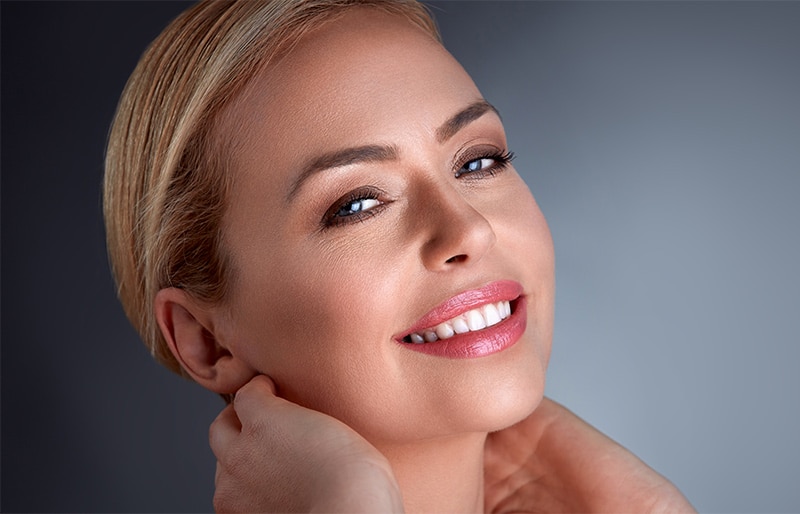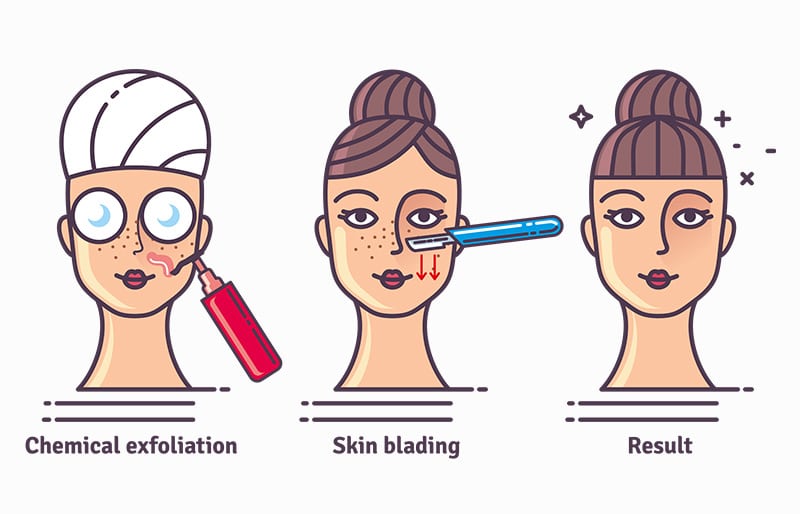Smooth skin is one of the hallmark signs of youth. As we age, however, the texture of the skin often changes in response to lifestyle, sun exposure, poor circulation and other factors. However, the skin can renew itself, especially when helped along by a technique such as dermaplaning. Here are the basics about dermaplane, from the licensed medical aestheticians of Premier Image Cosmetic and Laser Surgery in Atlanta, Georgia.

Skin Basics
While you may not think of it that way, the skin is actually the largest organ in your body. It protects you from infection, encloses the organs and fluids within the body, controls your temperature, secretes fluids like sweat and oil, and provides sensory input to the brain. The skin contains blood vessels to nourish the skin cells and hair. It also has many nerves and glands. Although it looks like a single surface, the skin is actually made up of multiple layers of cells. The body constantly generates new skin cells to replace older cells on the outside that have died and been shed. This function helps to explain how exfoliation can work to make skin smoother.

What Is Dermaplane?
Dermaplaning is a physical exfoliation procedure. In some ways, it is similar to the process of shaving a beard. A sterile 10-inch surgical scalpel with a curved point is used to gently shave the skin surface of the face (with the exception of the nose). This removes the upper layer of skin, which consists mostly of dead skin cells, as well as the very fine hair on the face – sometimes known as peach fuzz but more correctly called vellus hair. These fine hairs can trap dirt and oil, increasing the risk of blackheads and making the skin look uneven. Other hair on the face, like the eyebrows, is called terminal hair and should not be removed by dermaplaning.

Why Have Dermaplaning?
Dermaplaning removes excess dead skin cells and helps trigger cell regeneration, which means the cells on the surface of the skin are now more supple and smooth. It can also provide a better surface for other skin treatments such as chemical peels or laser treatments, which allows them to work more effectively. Although similar to microdermabrasion – another exfoliation treatment – dermaplaning removes the vellus hair, which microdermabrasion does not. A dermaplaning treatment can help minimize superficial acne scarring or improve an uneven skin tone. It is particularly effective for mature skin, which typically has a build-up of dead cells – skin cell turnover slows with age. The procedure is quick and does not require an anesthetic. Dermaplaning can also reduce fine lines. Skin care products and treatments are more effective after dermaplaning treatment since they are applied directly to new cells. Makeup also goes on more smoothly after a dermaplaning treatment.
Patient Reviews
Dermaplaning Procedure
Dermaplaning treatments are performed only on the face (other treatments are available for other areas of the body). Only a licensed, properly trained professional should provide dermaplaning treatments. Although a dermaplane treatment may seem similar to simply shaving the face, there are distinct differences. First, a licensed medical aesthetician performing a dermaplaning treatment uses a single blade held at a 45-degree angle. The dermaplaning tool is much sharper than a conventional razor. Strokes must be short, gentle, smooth and delivered in a particular pattern depending on the facial region being treated; the skin must be held taut through the shaving process. The skin is carefully cleaned prior to the procedure, and the sterile blade is used to exfoliate the skin. Sloughed skin cells and peach fuzz are gently wiped away at the end of the procedure, leaving a fresh, smooth, vibrant skin surface.
Are You A Candidate Dermaplaning?
Dermaplaning can be performed on almost anyone. Unlike chemical peels, which are contraindicated in pregnant and lactating women because they act at the cellular level and may increase risk to the baby, a dermaplaning treatment can be performed on a woman who is pregnant or lactating. However, those with very oily skin or who have active acne should not have dermaplaning. The oil can make it more difficult to achieve a close shave and active acne increases the risk of infection. People who have very thick, dark facial hair are usually not good candidates for a dermaplaning treatment. In some cases, the doctor may recommend other treatments – such as chemical peel – prior to a dermaplaning treatment.